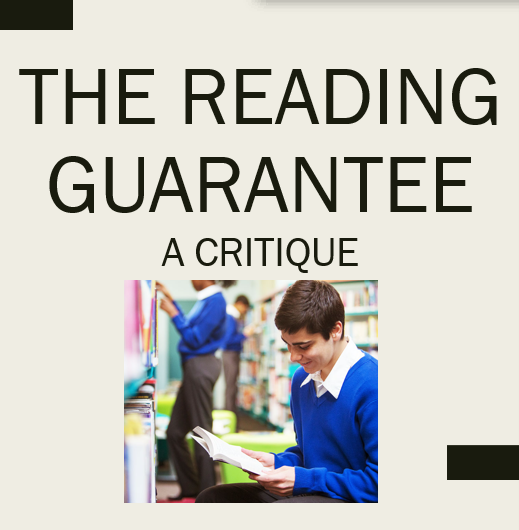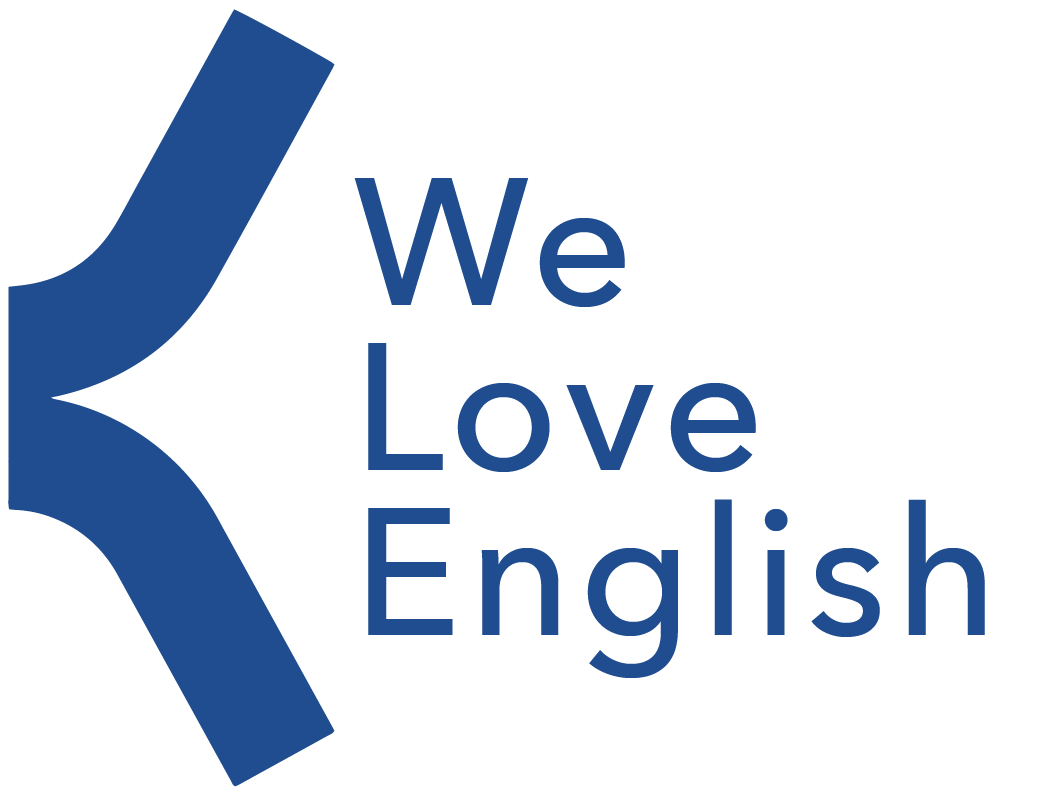The Reading Guarantee – a critique

The Reading Guarantee– a critique
(Hunter, Stobart & Haywood, Feb. 2024)
What is evidence-informed reading practice? The release of the above report from the Gratton Institute has caused considerable recent interest in education. It is a weighty tome (107 pages) with over 300 references. Many of the references link to seminal texts related to best practice in teaching reading, which gives the report high credence. The report unpacks what is evidence-informed practice and where various systems are at across Australia in relation to delivering reading instruction based on the research presented in the report.
You may be wondering what The Grattan Institute is. If you’re unaware, it is a public policy think tank – established in 2009, Melbourne based, and not aligned to any political party. It is jointly funded by the Australian Government, Victorian government, University of Melbourne and BHP. The Gratton Institute provides advice to governments and systems/industry in 6 areas- of which education is one. The person who heads the education portfolio is Jordana Hunter, a co-author of this report.
The main message of the report is clearly stated on the front page…
‘Australia has a reading problem. A third of our children can’t read well. We need to transform the way we teach reading in school. Here’s how to do it’…
The report champions a need for a strong focus on phonics in the early years, and ongoing, regular identification and remediation of reading difficulties. It refers to the Matthews effect (from the Bible). In this case it describes how students who fail to master decoding early, read fewer words than their peers, have less exposure, limited vocabulary, gain less enjoyment from reading and, as a result, less time practising… so the reading gap widens. The bottom line is its crucial to learn to read in the primary years, as if a student cannot read by the commencement of secondary school, the chance of them learning significantly reduces.
The report begins with a call for all states and systems to get on the same page re how they teach reading. The words ‘evidence-based practice’ underpins all theory outlined in the report- aligning to the science of reading body of literature. I note the report advocates the importance of phonics in line with the National Reading Panel Report (2000) and other key research papers that span the western world. These reports underpin the way reading should be now taught. The report advocates for consistency in relation to how reading is taught, based on the scientific evidence cited in the report.
We were pleased to read about the importance of a knowledge rich curriculum- possible evidence for integrating learning across subjects/key learning areas. Two useful texts on the topic of the importance of background knowledge to build comprehension include:
- Wexler, N. (2020). The Knowledge Gap. Penguin.
- Willingham, D. (2012). When can you trust the experts? Google Books.
Wexler’s text is not cited in the report however the ideas presented in the Reading guarantee are very similar to those put forward in this text. The Willingham text, When can you trust the experts? asks us to be critical when selecting tools for reading teaching and make decisions based on solid science While some of the programs are rooted in solid science, the research behind many others is grossly exaggerated.’ This book, by Daniel Willingham, helps everyday teachers and administrators separate the wheat from the chaff and determine which new educational approaches are scientifically supported and worthy of adoption- similar ideas that are presented in The Reading Guarantee.
A multi-tiered approach to teaching reading
The report advocates a structured literacy approach and a multi-tiered system of support. By a structured literacy approach, they mean a program based on the cognitive science outlining the key subskills of teaching reading- the big 6 pillars of teaching early reading, including oral language, phonemic awareness, phonics, fluency, vocabulary, and comprehension. Starting with simple consonants and vowel sounds and combinations, students learning sequentially with increasingly complex concepts introduced and practised over time.
Tier one is whole class teaching. Tier two is usually small group intervention, possibly focusing on an area of reading that a number of students are having trouble with, and tier 3 is intensive support, which may involve a specialist teacher assisting students on a one-on-one basis- possibly implementing an individualised reading program to address student learning needs.
What’s no longer recommended
A whole language approach is not recommended, neither is levelled texts, predictable texts or the 3 cueing systems. Added to this reading recovery was maligned as it was said to cohere with a whole language approach and doesn’t assess foundational reading sub-skills of phonological awareness, phonics and fluency.
Running records were also queried as an assessment strategy as (stated) they are linked to levelled texts. However, we disputed this with the authors as running records as a one-minute read/ assessment strategy are a quick and useful curriculum-based assessment (CBA) tool, to assess suitability of texts for individual students, as a fluency measure and to monitor student oral reading growth over time. Running records do not have to be used to slot students into levelled reading schemes and are useful tools in their own right! The view expressed in the report in relation to this tool seemed to me to be a narrow one.
It was recommended phasing in instructional literacy specialists, to work with teachers in-class to hone their skills. As well, a greater focus on teaching early literacy based on the evidence in undergraduate programs in universities.
Commercially available programs
The report names a few early reading programs which align to the evidence-based research, which I choose not to name as they seem to be picked from an ocean of programs, with no explanation of why these particular ones were chosen from others we know to be based on similar research. However, they are in the report for interested readers. They promote sequential scope and sequences in phonics teaching and instructions for teachers how to teach phonics in an explicit and systematic way, which I totally agree with.
Curriculum based assessments (CBAs)
We found no evidence of these in the report. The well-known adage of test what you teach and teach what you test, was not evident in the report. When queried, a co-author responded that the report dealt mainly with standardised reading assessments and their prior report, curriculum planning covered this area of teaching reading. We found this latter report worth a read, however it stated teachers don’t have time to write quality curriculum-based assessments generally, which we found quite debatable, based on the teachers with whom we work. Teachers start with the end in mind when programming, through backward mapping from summative assessment tasks based on the work of Wiggins and McTighe (2015), asking the question at the get-go… ‘What do I want my students to demonstrate at the end of the learning unit?’ In this way, they clarify learning intentions and success criteria at the outset of the new learning.
What we did wholly agree with in this second report, was the importance of a scope and sequence (it was termed a curriculum map in the report based on a UK education system), planned collaboratively so all teachers teaching on a grade work with a grade team to plan, program and assess together. In this way, the load is shared, and everyone is held accountable for the work being delivered and the monitoring of student progress, sharing the load and making it more do-able.
There is no evident acknowledgement of the reciprocity of reading and writing in The Reading Guarantee, and the benefits of teaching the two literacy strands consecutively. We felt this was a weakness in the report.
A national perspective
We felt a significant strength of the report was providing a snapshot of education systems’ practices in each state, in terms of how reading is taught. Some states fared better than others, and it was acknowledged that some states, with generally lower socio-economic families, fared better than others. The main message (take home) was clear- everyone (governments, systems, schools and teachers) needs to get on the same page and use similar evidence-based practices to teach reading. There were lots of shoulds throughout (high modality). Across our education systems, certain things should be happening (and others should not) in relation to how reading is taught in schools and every person in education is accountable. That is the essence of The Reading Guarantee.
